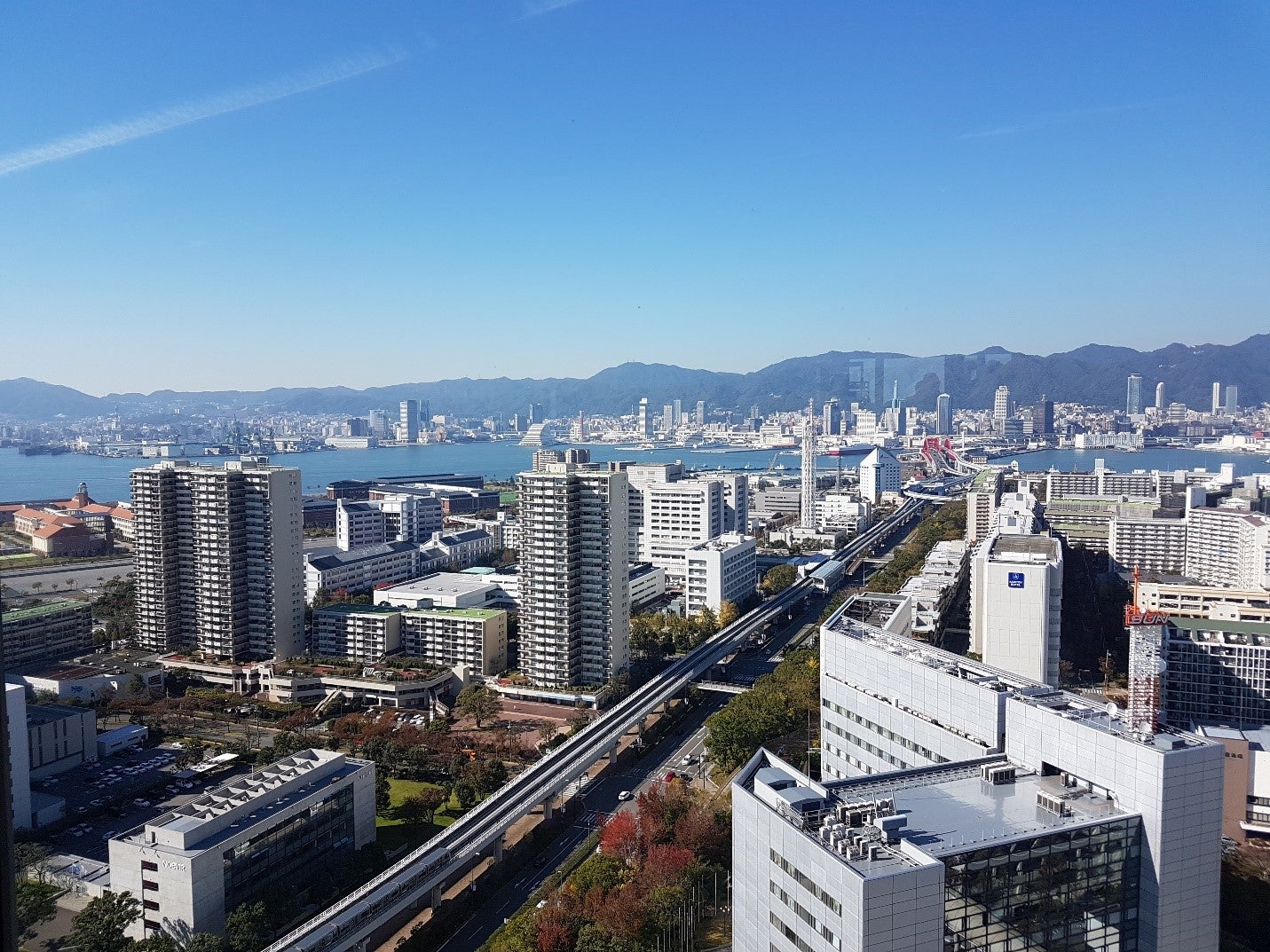
Within a century, Japan would become the world’s second largest economy. Its growth has been fueled by cities such as Tokyo, Yokohama, Osaka, and Kobe. Japanese cities can offer a myriad of lessons to their counterparts in developing countries.
Japanese cities are also at the forefront of dealing with some of the world’s most pressing challenges. For example, cities like Osaka and Toyama have developed a number of tools to address the social issues caused by rapid aging . Most developed and developing cities in the world will face similar challenges in the years to come. Providing a platform where these cities can learn from the experience of Japanese cities may lead to significant development impact.
Supported by a partnership between the World Bank and Japan, the Tokyo Development Learning Center (TDLC) does just that.
Specifically, the purpose of TDLC is to facilitate the exchange of best practices and lessons on sustainable urban development between city officials and urban specialists from Japan and other countries. To that end, a series of Technical Deep Dives (TDDs) have been organized over the past three years, touching on various topics, such as urban regeneration, competitive cities, and inclusive development.
Between November 2017 and April 2018, city representatives from Romania – the municipalities of Constanta, Brasov, and Sector 5 of Bucharest – had the opportunity to learn from Japanese cities though TDDs, which have impacted the development of the Romanian municipalities in at least three ways:
1. Strengthened capacity
The Competitive Cities TDD enabled the representatives from Constanta to learn in-depth from Yokohama and Kobe how to strategically use underused, abandoned, or new port infrastructure for new business activities.
Similarly, during the Aging Cities TDD, the Municipality of Brasov learned from Toyama how to use strategic urban interventions as magnets for people in medium-sized cities, particularly in the context of declining populations and fiscal challenges. And the Safe, Inclusive and Resilient Cities TDD provided officials from Sector 5 of the Municipality of Bucharest with the opportunity to learn from the experience of Osaka’s Airin district what it takes to achieve inclusive development in areas with a high concentration of marginalized people.
2. Consolidating partnership
For the World Bank, the TDDs have afforded the opportunity to offer the Romanian representatives the chance to witness first-hand how Japan addresses similar urban challenges effectively , and to help them envisage progress and desired results for their own cities. This has helped build trust with the cities we work with, and is essential for the later stages of the partnership.

3. Fostering innovation and a cascade effect
In addition to the TDDs, TDLC also followed up with technical assistance, tailored to the needs of different cities. As a result, four Japanese experts spent a week in Romania sharing their expertise on issues identified as critical for Romanian cities, such as: metropolitan spatial planning, quality urbanism, prioritization of projects, social inclusion programs for marginalized communities, compact city design in a context of demographic decline and aging, and innovative land management and development tools.
Moreover, TDLC has brought the exchange between Japanese and Romanian cities to a new level, with the assistance of Japan’s Ministry of Land, Infrastructure, and Tourism, the Embassy of Japan, and the World Bank Office in Romania. Through a Business Matching Session, 10 large Japanese companies, such as Mitsubishi, Hitachi, Fujita, Takenana, IHI, and Maruubeni, were brought face-to-face with Romania’s Ministry of Transport, Ministry of Regional Development and Public Administration, as well as 20 local Romanian administrations, private companies, consultancy companies, and business associations. A follow-up business-matching event will take place in Constanta, Romania in November 2018, with the help of the Japanese Embassy and the Japan External Trade Organization.
The TDLC model has not only served as a vehicle to help Romanian cities like Constanta, Brasov, and Sector 5 build bridges to cities in Japan, but also promoted “traffic” on these bridges – in the form of ideas, solutions, lessons, and potential investments.
List of other Technical Deep Dives
- Competitive Cities
- Urban Regeneration
- Aging Cities
- Inclusive Cities TDD Safe & I
Related links:
- Subscribe to our Sustainable Communities newsletter
- Follow @WBG_Cities on Twitter




Join the Conversation